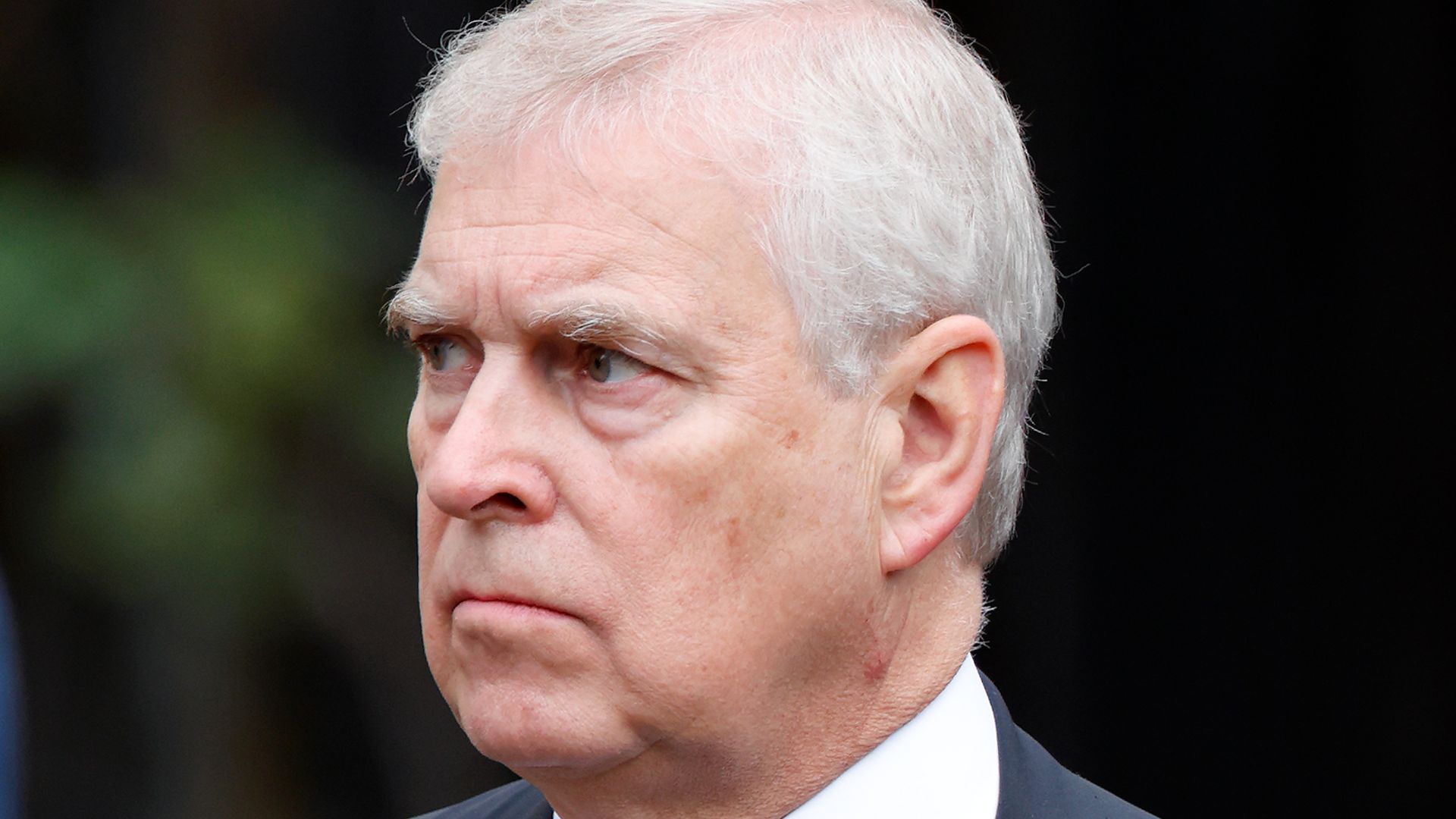Andrew Garfield in Spider-Man: A Detailed Exploration of His Role and Impact
Andrew Garfield’s portrayal of Peter Parker/Spider-Man in The Amazing Spider-Man (2012) and The Amazing Spider-Man 2 (2014) remains a topic of passionate debate among fans. While his time as the web-slinger was relatively short-lived, his performance left a significant mark on the character’s cinematic history. This article delves deep into Garfield’s interpretation, examining his strengths, weaknesses, and the lasting impact he had on the Spider-Man legacy.
The Arrival: Reimagining Peter Parker
Garfield’s Spider-Man arrived on screen after Sam Raimi’s highly successful trilogy starring Tobey Maguire. This presented a unique challenge: to offer a fresh perspective while staying true to the core essence of the character. The Amazing Spider-Man films opted for a more modern, edgy, and arguably more “cool” Peter Parker.
- Key Characteristics of Garfield’s Peter Parker:
- Skilled Skater & Athlete: This version of Peter was portrayed as physically agile and athletic, reflecting his inherent capabilities.
- Intellectual Curiosity: He demonstrated a strong interest in science, particularly genetics, which played a crucial role in his origin story.
- Rebellious Streak: Garfield’s Peter possessed a degree of teenage angst and a rebellious attitude, contrasting with Maguire’s more awkward portrayal.
- Witty & Verbal Combat: His Spider-Man was known for his sarcastic and quick-witted banter, both during and outside of combat.
- Focus on Gwen Stacy: The films heavily emphasized his relationship with Gwen Stacy, providing a compelling emotional core.
The Performances: Strengths and Weaknesses
Garfield’s performance was often praised for its energy and charisma. He brought a raw, almost visceral quality to the role, particularly evident in his action sequences.
Strengths:
- Physicality: Garfield’s athleticism translated well to the screen, making his Spider-Man feel dynamic and believable.
- Charisma & Charm: He possessed a natural charm and likability that endeared him to audiences.
- Emotional Range: He effectively conveyed the emotional turmoil of a teenager grappling with loss, responsibility, and newfound powers.
- Chemistry with Emma Stone: His on-screen chemistry with Emma Stone, who played Gwen Stacy, was widely lauded.
Weaknesses:
- Tone Inconsistency: Some critics argued that the films’ tone was uneven, shifting between lighthearted humor and darker themes.
- Script & Story Issues: The narratives of The Amazing Spider-Man films were sometimes criticized for pacing and plot inconsistencies.
- Less Relatable Peter: The “cool” and confident Peter, while appealing, may have been less relatable to some viewers compared to previous iterations.
- Lack of Development: With only two films, some felt that Peter’s character development was rushed, leaving some aspects unexplored.
The Impact: A Lasting Legacy
Despite the mixed reception of the Amazing Spider-Man films, Garfield’s portrayal of Spider-Man left a significant mark on the character’s cinematic journey. His performance helped pave the way for future interpretations, particularly in the way Spider-Man’s humor and athleticism were portrayed.
Influence on Subsequent Spider-Man Films:
- The emphasis on witty banter and acrobatic fighting style, seen in later films, can be traced back to Garfield’s portrayal.
- The focus on the emotional core of the character and his relationships, particularly with love interests, was further explored in subsequent movies.
- The exploration of complex themes like loss and responsibility, also continued.
The “Spider-Verse” Reunion:
- Garfield’s return as Spider-Man in Spider-Man: No Way Home was arguably his most impactful moment.
- The film allowed him to revisit the character, providing closure to his story and allowing him to showcase the full potential of his performance.
- The reunion resonated deeply with fans, showcasing the enduring appeal of his interpretation and highlighting the power of the character’s legacy.
The Future of Spider-Man
The future of Spider-Man on the big screen remains exciting. While Garfield’s chapter may be closed, his contributions continue to influence the character’s evolution. His performance reminded audiences that Spider-Man is not just a hero, but a complex and relatable individual struggling to find his place in the world.
Frequently Asked Questions (FAQs)
1. Why were The Amazing Spider-Man films criticized?
The films faced criticism for issues with pacing, plot inconsistencies, and a tonal imbalance. Some viewers found the “cool” Peter Parker less relatable than previous versions.
2. What was the most significant contribution of Andrew Garfield’s Spider-Man?
Garfield’s portrayal significantly influenced the character’s portrayal in subsequent films, particularly the emphasis on humor, athleticism, and emotional depth. His reunion in Spider-Man: No Way Home also provided a satisfying closure for his version of the character.
3. How did Garfield’s Spider-Man differ from Tobey Maguire’s?
Garfield’s Peter Parker was presented as more athletic, rebellious, and confident, while Maguire’s Peter was more awkward and introverted. The films also focused on different elements of the character’s life, such as Gwen Stacy.
4. Did Andrew Garfield’s Spider-Man have a lasting impact on the Spider-Man franchise?
Yes, Garfield’s portrayal had a lasting impact. It influenced subsequent interpretations of the character’s humor, action sequences, and emotional depth. His appearance in Spider-Man: No Way Home further cemented his legacy.
5. What is the general consensus on Andrew Garfield’s performance?
The general consensus is mixed. While some viewers enjoyed his energy, charisma, and action sequences, others found the films’ tone and narrative shortcomings off-putting. However, his performance in Spider-Man: No Way Home has largely garnered widespread acclaim and appreciation.




